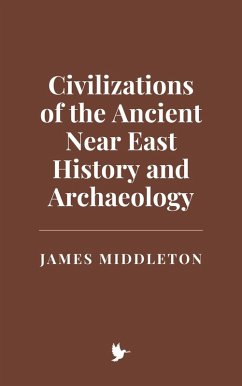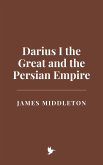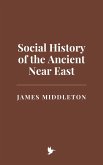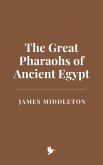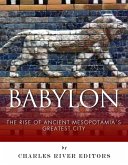One of the essential concepts in the study of the Ancient Near East is the idea of "civilization" itself. The term refers to complex, stratified societies characterized by the development of cities, organized religion, bureaucracy, and trade networks. Mesopotamia, a region nestled between the Tigris and Euphrates rivers, offers the earliest and most compelling evidence of these developments. The prolific scholar Samuel Noah Kramer's works, particularly History Begins at Sumer, highlight the profound innovations of the Sumerians, including the invention of writing (cuneiform) around 3100 BCE. The discovery of early administrative tablets at the site of Uruk (modern Warka) underscores the emergence of a literate, bureaucratic state that required meticulous record-keeping for trade, taxation, and religious offerings.
The concept of urbanization was not limited to Mesopotamia. Other sites, such as Tell Brak in northern Mesopotamia and Çatalhöyük in Anatolia, challenge the notion of a linear development of cities. These archaeological sites demonstrate that complex social structures may have emerged in various forms, sometimes independently, and offer insight into the diversity of ancient urban experiences. Scholars like Robert McC. Adams have argued that environmental factors, particularly the management of water resources, played a pivotal role in the development of early cities. The irrigation canals of ancient Sumer allowed for agricultural surpluses, which in turn supported a growing population and fostered the rise of administrative centers.
Dieser Download kann aus rechtlichen Gründen nur mit Rechnungsadresse in A, B, CY, CZ, D, DK, EW, E, FIN, F, GR, H, IRL, I, LT, L, LR, M, NL, PL, P, R, S, SLO, SK ausgeliefert werden.

